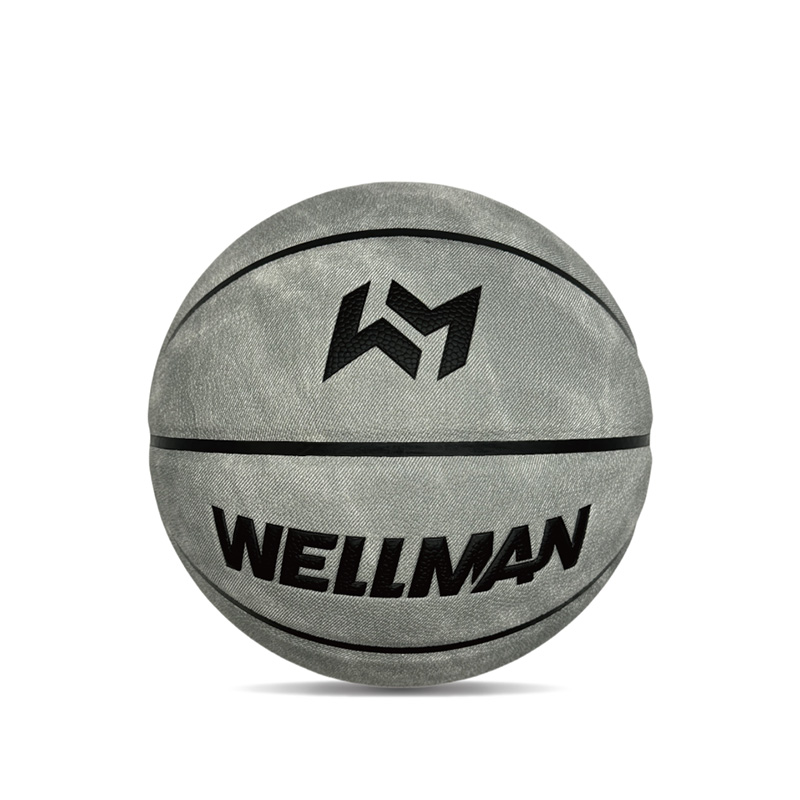Leather basketball is prized for their professional feel, superior grip, and consistent performance, making them a favorite for indoor play and competitive games. Unlike synthetic basketballs, leather requires careful maintenance to ensure longevity. Cracking is one of the most common issues, and understanding the causes and preventive measures is key to protecting your investment and maintaining optimal performance.
Understanding Why Leather Basketballs Crack
Leather is a natural material, composed of animal hide treated and processed to provide durability and texture. While high-quality leather is tough, it remains sensitive to environmental conditions, moisture levels, and usage patterns. Several factors contribute to cracking:
- Lack of Moisture: Leather needs to retain some level of moisture to remain flexible. Over time, exposure to dry air or improper storage can cause the material to dry out, leading to brittleness and cracking.
- Extreme Temperatures: Both heat and cold can negatively affect leather. Excessive heat can dry out the surface and cause shrinkage, while extremely cold temperatures can make the leather stiff and fragile.
- Excessive Exposure to Sunlight: Prolonged exposure to direct sunlight accelerates the breakdown of leather fibers, causing fading and cracks.
- Improper Cleaning or Maintenance: Using harsh chemicals, soaps, or abrasive materials can strip natural oils from leather, increasing the risk of cracking.
- Overuse or Rough Play: Continuous impact, especially on hard outdoor surfaces, can wear down the surface and weaken the leather, making it more prone to cracks.
By understanding these contributing factors, players can adopt proper care practices to extend the life of their leather basketballs.
Proper Storage Techniques
One of the simplest ways to prevent cracking is by storing your leather basketball correctly:
- Avoid Direct Sunlight: Keep the basketball in a shaded area or indoors to prevent UV damage.
- Control Temperature and Humidity: Store the ball in a room with moderate temperature and humidity levels. Avoid hot attics, cold garages, or overly dry areas.
- Use a Ball Bag or Container: When not in use, storing the basketball in a breathable bag or container helps reduce dust accumulation while protecting it from environmental stressors.
Proper storage minimizes stress on the leather and helps maintain its natural oils and elasticity.

Regular Cleaning and Conditioning
Cleaning and conditioning your leather basketball is crucial for preventing cracks. Dust, sweat, and dirt can damage the surface if left untreated. Here are steps to maintain it effectively:
- Dusting: Use a soft, dry cloth to wipe off dirt and dust after each use.
- Cleaning: Occasionally, lightly dampen a cloth with water to clean the surface. Avoid soaking the leather. Mild leather cleaners are also suitable but should be used sparingly.
- Conditioning: Leather conditioners replenish natural oils, keeping the surface supple. Apply a thin layer with a soft cloth and allow it to absorb. Do not overcondition, as excessive moisture can weaken the stitching and seams.
Proper Use During Play
How you use a leather basketball directly affects its longevity:
- Indoor vs. Outdoor Use: Leather basketballs are best suited for indoor courts. Using them outdoors on rough surfaces accelerates wear and tear. If outdoor play is unavoidable, clean and condition the ball immediately afterward.
- Inflation Maintenance: Overinflated or underinflated balls can stress the leather. Check the pressure regularly and maintain it according to manufacturer guidelines. Proper inflation preserves the ball’s shape and reduces strain on the leather.
- Avoid Wet Surfaces: Playing on wet floors or exposing the ball to rain can cause leather to absorb moisture unevenly, leading to warping and cracks. If the ball gets wet, dry it naturally at room temperature and avoid using artificial heat sources.
Breaking in a New Leather Basketball
New leather basketballs often feel stiff. A proper break-in process ensures flexibility and reduces the likelihood of cracking:
- Gentle Use: Start by dribbling, passing, and shooting on indoor surfaces. Avoid excessive force initially.
- Gradual Conditioning: Lightly condition the ball before extended use. This softens the leather and prepares it for regular play.
- Rotational Play: Rotate your basketball with another ball if possible. This reduces continuous stress on a single ball and allows it to adjust naturally.
Recognizing Early Signs of Leather Damage
Early detection of leather problems can prevent major cracking:
- Dryness or Stiffness: If the surface feels unusually dry or rigid, it may need conditioning.
- Fading or Discoloration: This can indicate sun damage or loss of oils.
- Minor Cracks: Small surface cracks can be treated immediately with leather conditioner to prevent further damage.
Addressing these signs early keeps the basketball in optimal condition and ensures reliable performance.
Additional Tips for Longevity
- Avoid Excessive Friction: Minimize rough handling, dragging on concrete, or repeated hard contact with abrasive surfaces.
- Keep Away from Chemicals: Avoid contact with cleaning agents, solvents, or any substances that could degrade leather.
- Monitor Seams and Stitching: Check the stitching regularly. Loose or frayed seams can allow moisture to penetrate, increasing the risk of cracking.
- Rotate Storage Locations: If storing for extended periods, occasionally rotate the ball to prevent pressure points and uneven drying.
Conclusion
Preventing leather basketballs from cracking requires attention to storage, maintenance, and usage. By understanding the material’s sensitivities, keeping it clean and conditioned, using it appropriately, and monitoring for early signs of damage, players can significantly extend the life of their basketball. Proper care not only preserves the leather’s integrity but also ensures consistent performance, optimal grip, and a professional feel during play.
Leather basketballs, when treated well, provide years of reliable use for indoor and occasional outdoor play. Following these guidelines allows athletes to focus on skill development and enjoyment rather than worrying about premature wear. Maintaining your basketball properly is a small effort that pays dividends in durability, performance, and overall satisfaction.


 English
English русский
русский Español
Español Deutsch
Deutsch عربى
عربى 中文简体
中文简体

